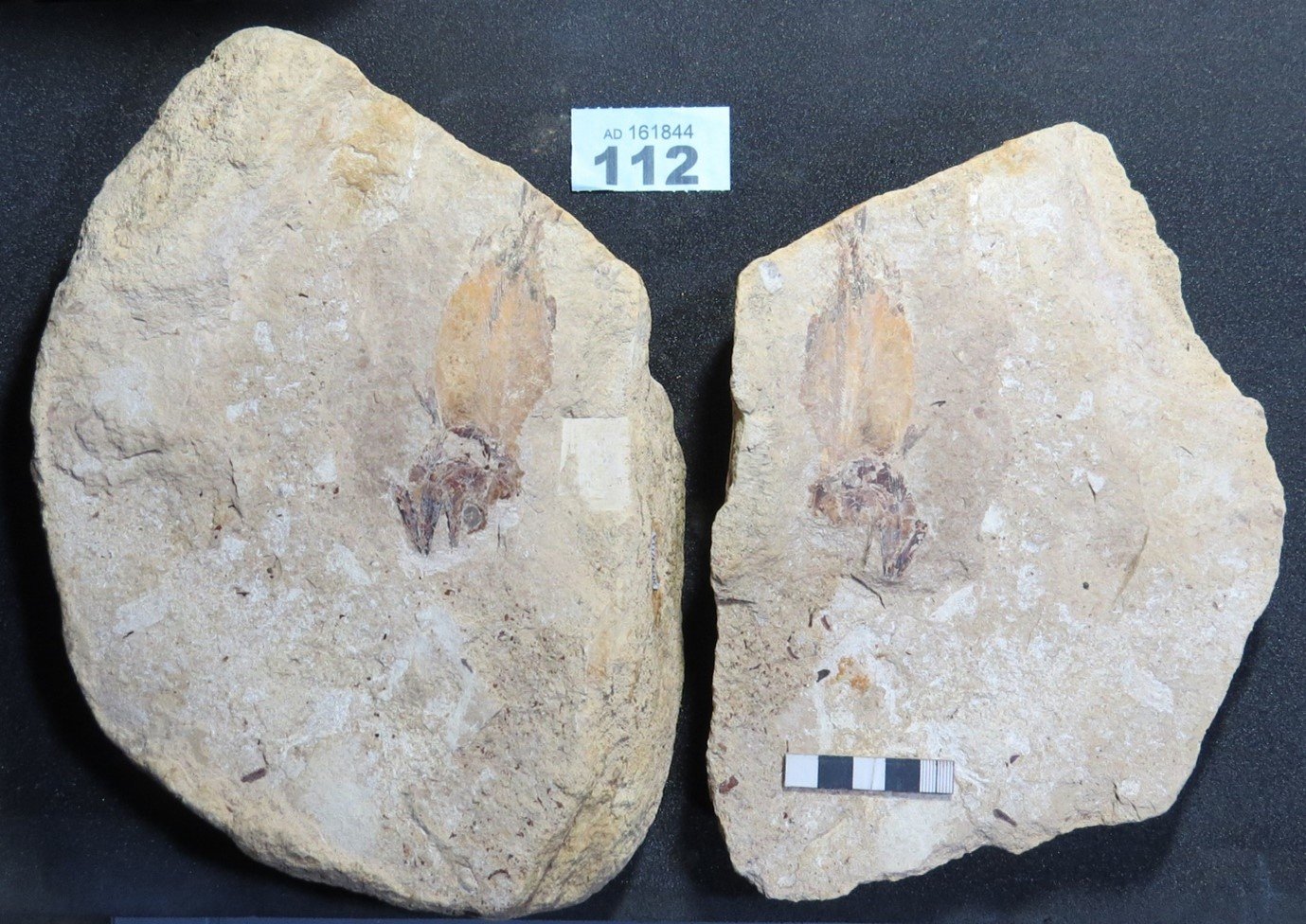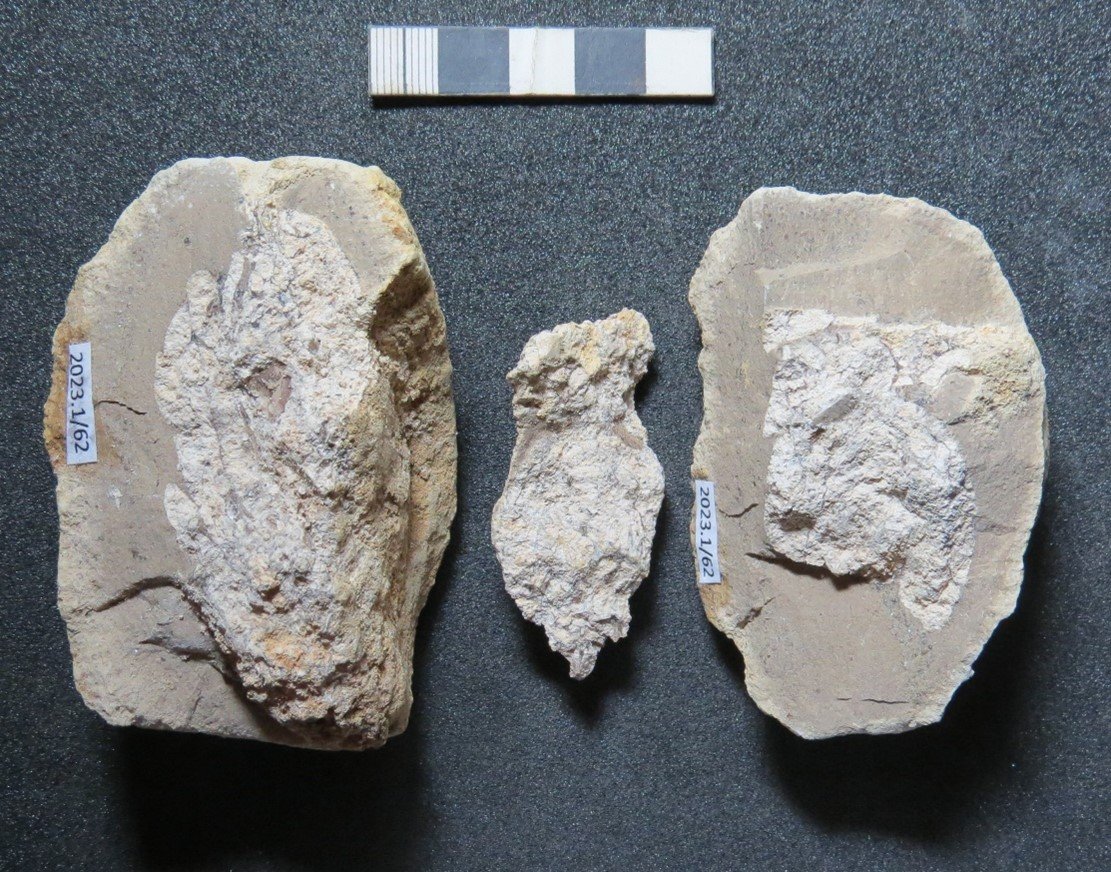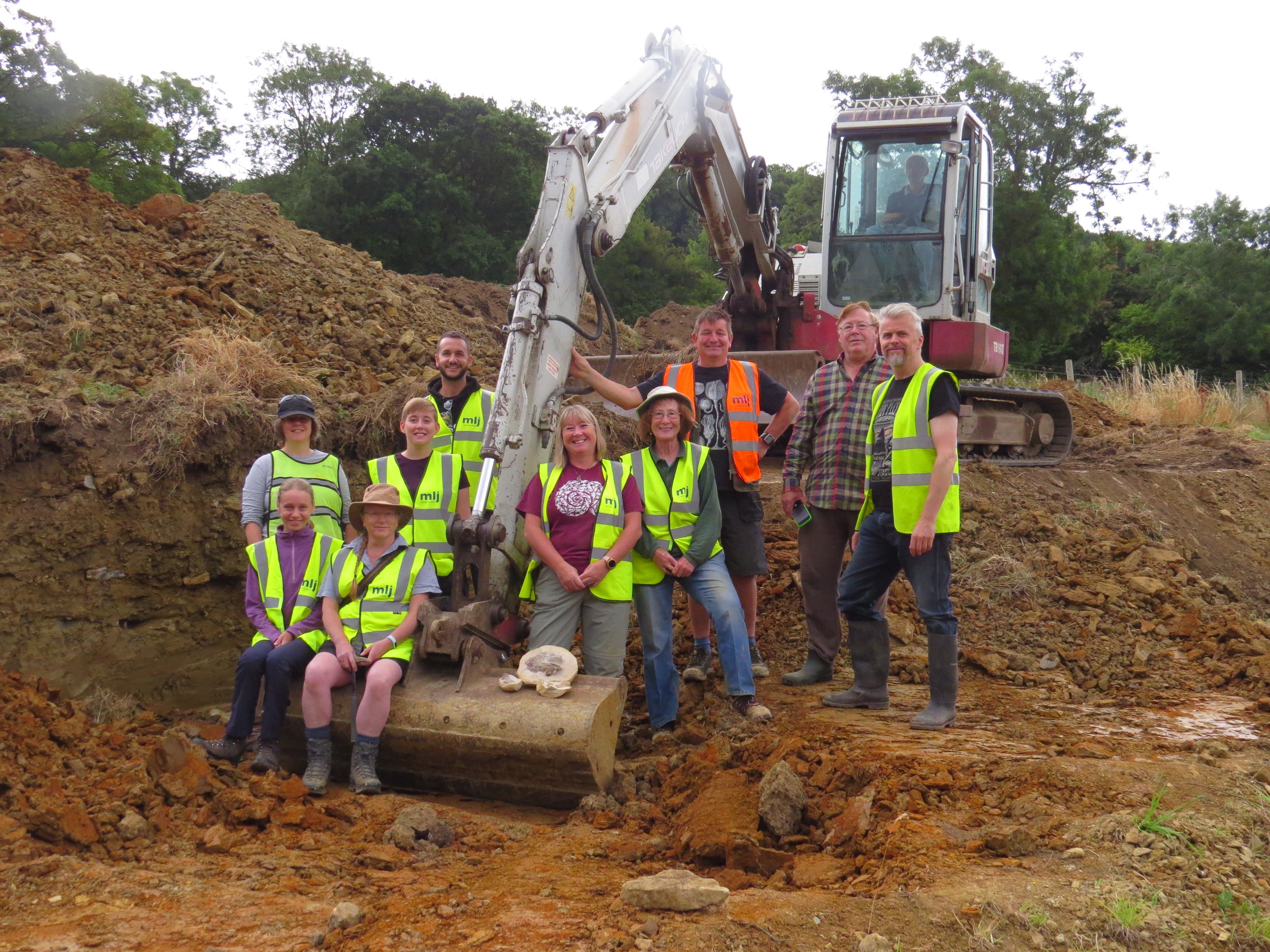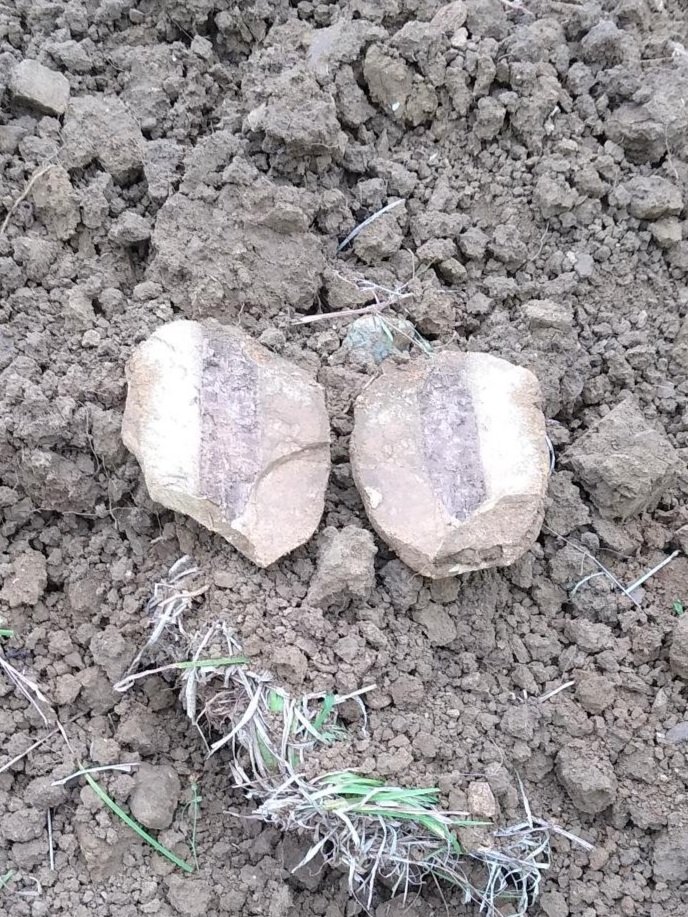Fossil fish on display - and a chance to see the eye-popping pachycormus!
/Fossil fish from the jurassic seas: finds from court farm, king’s stanley. on display at the museum in the park until 29 september 2024.
We’re delighted to announce that a small selection of the fossil fish from King’s Stanley are now on display at the Museum in the Park until 29 September 2024. Come and see a food chain frozen in time, complete with fossilised droppings and fishy stomach contents!
Pride of place is the pachycormus fish fossil on loan from Sally and Neville Hollingworth - so don’t miss this chance to see the incredible 3D fossil which prompted the big dig at Court Farm. And if you’re not able to come along in person, check out this 3D virtual model of the pachycormus produced by Steven Dey of ThinkSee3D Ltd.























